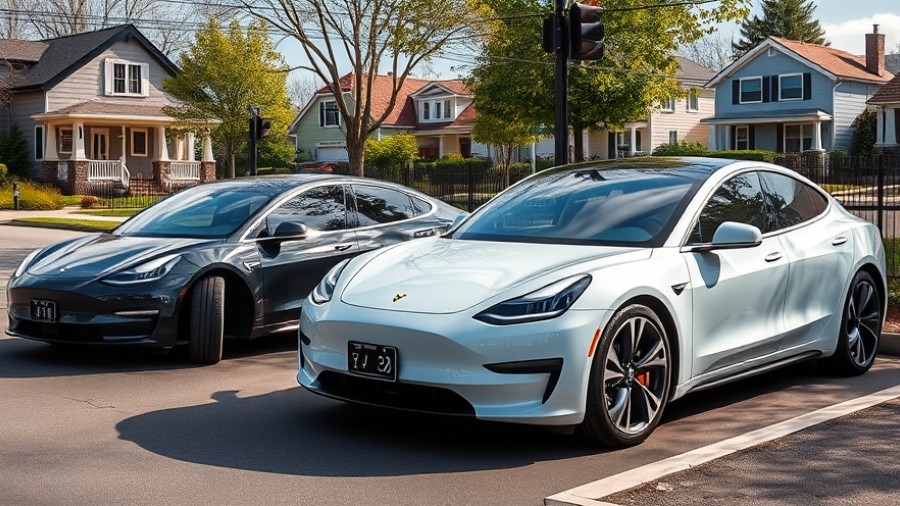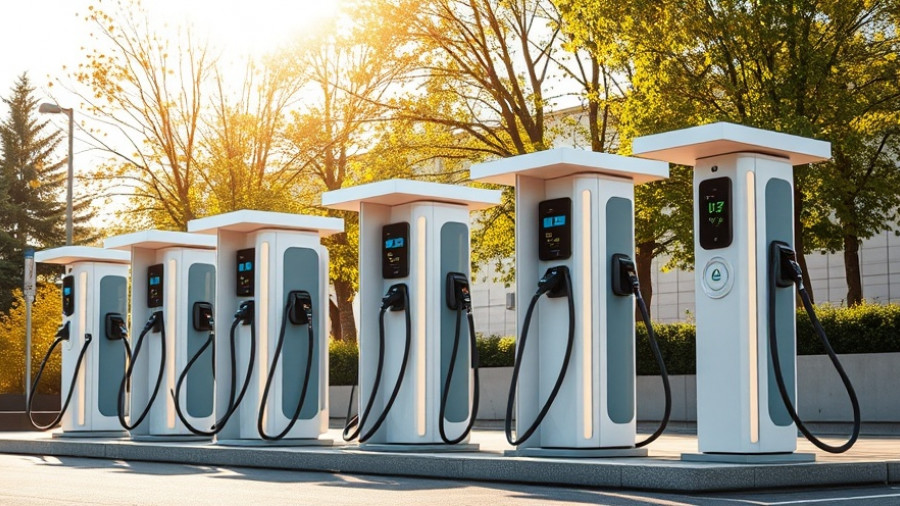
Maryland's Commitment to Green School Transportation
As part of its ongoing efforts to transition to sustainable transportation, Maryland has announced a substantial investment of $12 million through its 2025 Electric School Bus Grant Program. This funding initiative is set to revolutionize the school transportation grid across seven school districts, introducing electric school buses and infrastructure that will pave the way for greener, safer commutes for students.
The Importance of Electric School Buses
Electric school buses are not just a trend; they represent a fundamental shift towards cleaner energy solutions in public transport. Maryland Energy Administration Director Paul G. Pinsky emphasized the importance of these grants, explaining that they encompass essential components such as vehicle purchase, infrastructure installation, feasibility studies, and technician training. Collectively, these efforts aim to enhance operating budgets for school districts while improving the overall health of the children who utilize these services.
Funding Breakdown and Impact
The breakdown of grant funding highlights a strategic approach to electric vehicle (EV) integration in various counties:
- Baltimore County Public Schools: $3 million to expand their existing electric fleet with the help of Highland Electric Fleets, Inc.
- Chesapeake Charters: Approximately $2.1 million for a new fleet electrification initiative, also working with Highland Electric Fleets, Inc.
- Howard County Public Schools: $1.75 million allocated through Zum Services, Inc. to meet the diverse requirements of the county.
- Kent County Public Schools: Around $850,000 for the deployment of the first electric vehicles in the county fleet.
- Frederick County Board of Education: $1.8 million aimed at expanding their existing fleet in collaboration with Potomac Edison.
- Prince George’s County Public Schools: Around $2.5 million to grow their electric bus and charging network.
- Washington County Board of Education: $100,000 to explore the feasibility of electric buses and charging systems.
These figures emphasize the state’s dedication to reducing carbon emissions and enhancing the air quality for schoolchildren and communities alike. By incorporating electric buses, educational institutions can significantly lower their operating expenses over time, freeing up budgetary resources that can be redirected towards educational purposes.
The Broader Picture: The Future of Green Transportation
Such initiatives are not limited to Maryland. Nationwide, there is an upward trend in the adoption of electric buses as states and cities seek to meet environmental targets. According to a report by the Environmental Protection Agency (EPA), transitioning to electric buses can reduce greenhouse gas emissions by over 22% compared to traditional diesel buses. Many local governments across the country are observing Maryland's trajectory as a potential model for their own projects.
Empowering Communities and Enhancing Education
In addition to the environmental benefits, electric school buses are an opportunity to enhance education around renewable energy for students. Incorporating technology into daily transportation illuminates important discussions on sustainability, energy consumption, and environmental stewardship among young learners. Programs can also educate students on careers in green technology, further inspiring the next generation.
What This Means for Local Communities
The deployment of electric school buses is particularly vital for low-income communities, where environmental and health disparities often align. By prioritizing these initiatives in areas that have historically faced greater pollution and health issues, the state hopes to rectify some of these disparities while also aiming for a more equitable future.
This investment is an essential step toward a cleaner, healthier, and more sustainable future in Maryland’s educational landscape, representing an example of how state-led initiatives can resonate positively within communities to ensure healthier learning environments for children.
With the continued push for electrification of vehicles and the integration of sustainable practices, homeowners and businesses alike should consider how they can contribute to energy solutions that not only power their houses but also the infrastructure that supports the next generation of learners. Explore solar options and green energy practices today to join the movement toward sustainable living.
 Add Row
Add Row  Add
Add 



Write A Comment